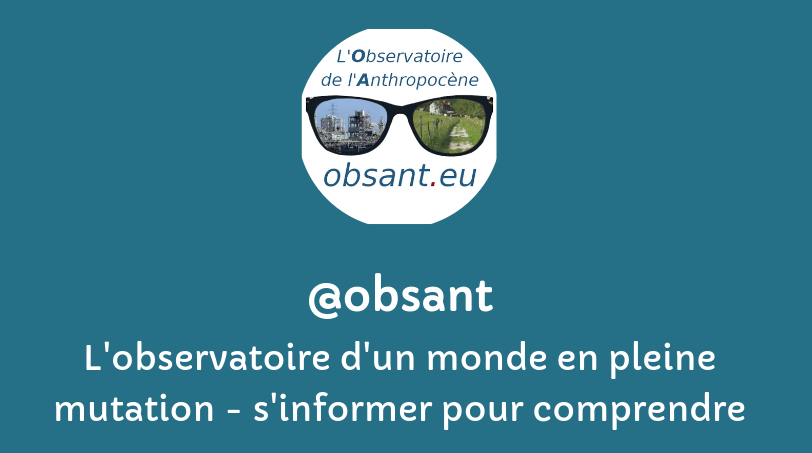« L’urgence est là, nous regardons ailleurs »
filtre:
déforestation
2025
C'est un grand ouf de soulagement. Jeudi 23 octobre, après de longs mois de blocage, les pays de l'Union européenne se sont accordés sur un objectif de réduction des émissions de gaz à effet de serre de -90% d'ici 2040. Un compromis qui aura nécessité de nombreux assouplissements sur la loi déforestation, l'interdiction des véhicules thermiques neufs en 2035 ou encore l'extension du marché carbone européen en 2027.
L’entrée en vigueur de cette loi avait déjà été reportée d’un an, à la fin de 2025, et la Commission avait demandé, en septembre, un report supplémentaire d’un an.
La droite et l'extrême droite du Parlement européen ont enterré mardi une proposition de la Commission sur la surveillance des forêts, qui était destinée à mieux protéger ces écosystèmes contre les ravageurs, les sécheresses et les incendies, aggravés par le réchauffement climatique.
« L’avenir n’est pas un destin écrit, c’est une décision collective. » L’humanité a franchi toutes les frontières visibles. Du feu à la roue, de la poudre à canon à la bombe atomique, de la voile au saut vers la Lune. Nous avons ouvert la croûte terrestre pour en extraire des minéraux, construit des villes qui brillent comme des étoiles artificielles, connecté la planète entière en quelques secondes, et pourtant nous sommes toujours prisonniers des mêmes guerres tribales d’il y a 3 900 ans, aujourd’hui maquillées de drones, d’algorithmes et d’ogives nucléaires.
Plus de 8 millions d’hectares ont été détruits en 2024, notamment dans les régions tropicales, selon l’évaluation annuelle de suivi des engagements des pays en matière de déforestation publiée mardi.
Malgré son nom, le biocarburant reste d’abord un combustible polluant. Sa production mondiale émet 16 % de CO2 de plus que les carburants fossiles qu’il doit remplacer, selon un rapport commandé par la Fédération européenne pour le transport et l’environnement (T&E). Cette pollution est due aux effets indirects de l’agriculture et de la déforestation nécessaire pour le produire.
Sous la pression internationale et face à des défis techniques, l’Union européenne temporise encore avant d’appliquer sa loi phare contre la déforestation, attisant la colère des défenseurs de l’environnement.
Suspension of Soy moratorium could open up area of rainforest the size of Portugal to destruction
Au Mexique, les flammes ont dévoré des milliers d’hectares de végétation, laissant derrière elles des paysages calcinés et stériles. Mais dans certaines régions, la régénération a déjà commencé. L’espoir, cette fois, vient du ciel.
Selon des documents internes consultés par «Libé», l’agrandissement du site de Weda Bay, cogéré par le Français Eramet, met en péril la biodiversité et un peuple autochtone de l’île reculée d’Halmahera.




